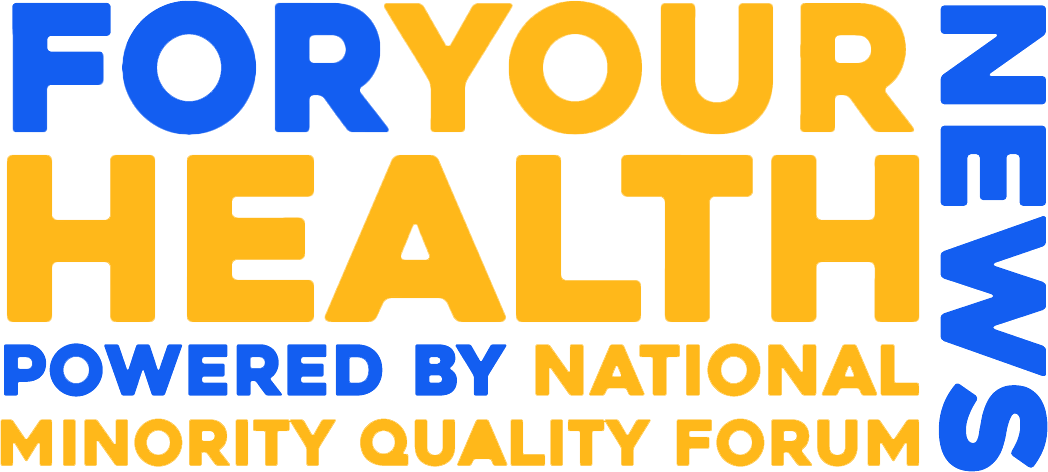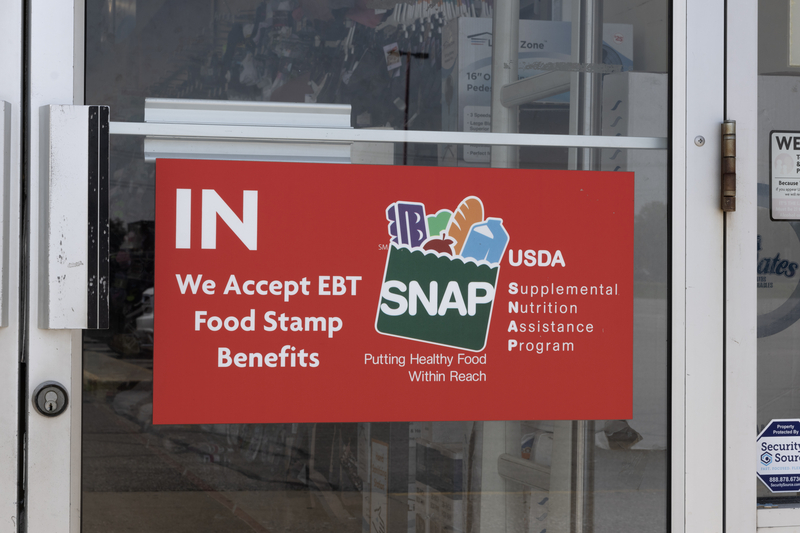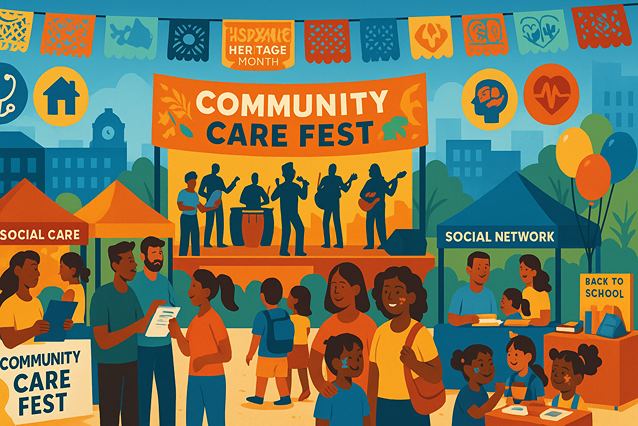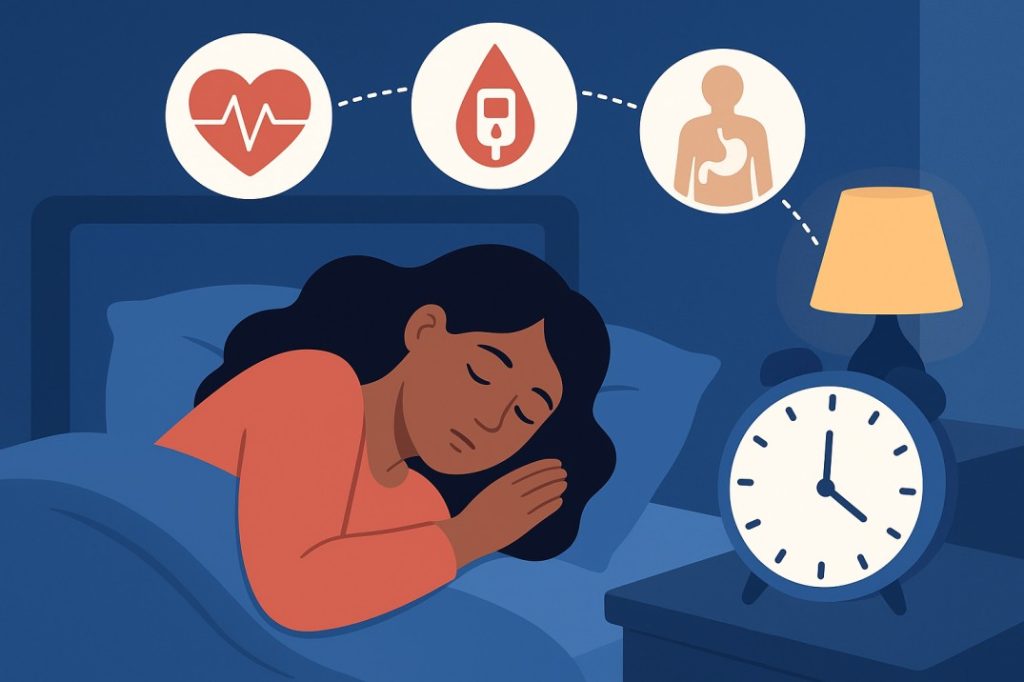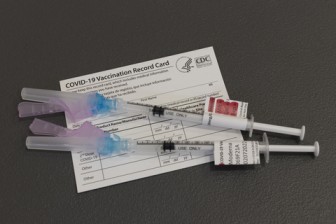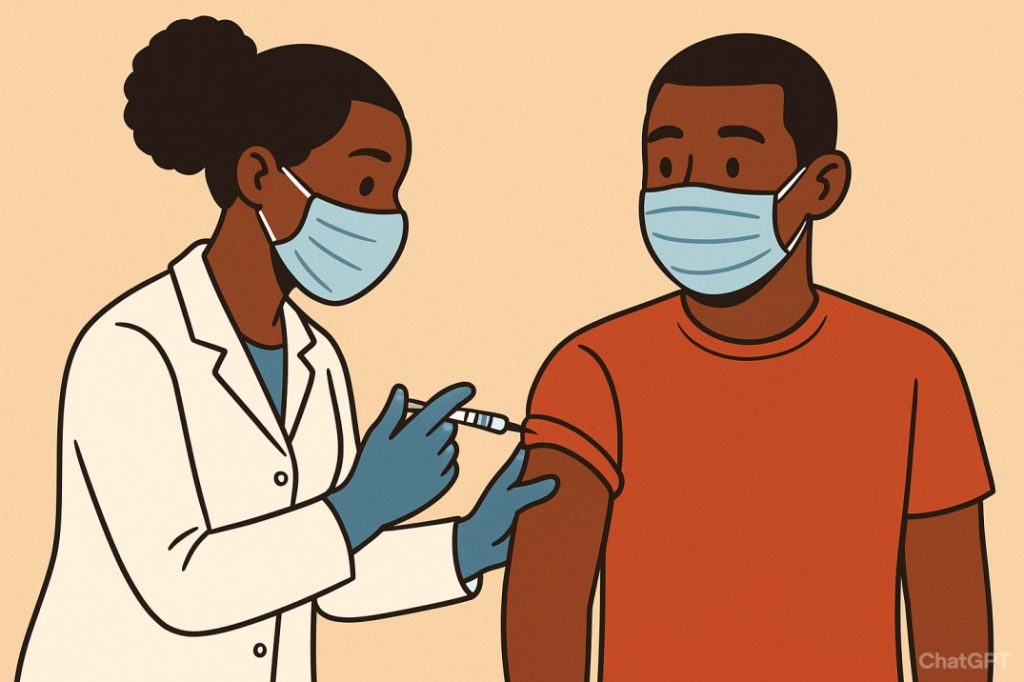
What’s going on
A recent study led by Harvard T.H. Chan School of Public Health found that adolescents from racial and ethnic minority groups in the U.S. are significantly less likely to access mental-health services compared with their white peers. Harvard Public Health
- Among teens aged 12–17 (data from 2022–23), about 32% of white adolescents reported visiting a mental-health care provider.
- By contrast, just 22% of Black adolescents, 24% of Asian adolescents, and 26% of Hispanic adolescents reported doing so.
- Similarly, prescription-medication rates were markedly lower: 17% of white teens received mental-health medication, compared to 8% for Black teens, 4% for Asian teens, and 10% for Hispanic teens.
These numbers point to persistent gaps in access and utilization of mental-health care among minority youth.
Why these disparities matter
Adolescent mental-health issues such as anxiety, depression, and behavioral problems are increasing across all groups, but when access to care is unequal, minority youths are left more vulnerable, according to Harvard Public Health. Delayed or inadequate treatment often means a longer duration of suffering, more severe symptoms, and worse outcomes — including school difficulties, social isolation, and engagement in risky behaviors. When access to care is determined by race or ethnicity rather than need, structural inequities are reinforced, widening the gap in mental-health outcomes. The long-term effects of untreated mental-health challenges in adolescence can extend well into adulthood, impacting education, employment opportunities, relationships, and even physical health.
Key barriers specific to people of color communities
Several factors help explain why mental-health resources are more limited or less utilized among minority communities:
- Access & provider availability
- Fewer mental-health providers in underserved neighborhoods or communities of color.
- Lesser availability of culturally competent care (providers who understand language, culture, stigma, lived experience).
- Telehealth has grown, but access requires reliable internet, devices, privacy — which may be less accessible in some minority homes.
- Cost and insurance barriers
- Even when insured, co-pays, deductibles, or lack of mental-health coverage may deter seeking care.
- Families may prioritise other health or financial needs if mental health is seen as “less urgent”.
- Stigma and cultural perceptions
- Some communities of colour may face stronger stigma about mental illness, less tradition of seeking professional help.
- Distrust of the health-care system due to historical or ongoing discrimination may reduce willingness to engage.
- Awareness and early identification
- Schools and community organisations in majority-white areas may have more resources/initiatives for screening and referral.
- Minority adolescents may have symptoms mis-recognised, under-diagnosed, or down-prioritised.
- Systemic factors & structural racism
- Health-care systems may unconsciously offer fewer referral options for minority youths.
- Social determinants (poverty, neighborhood violence, housing instability, discrimination) increase stress and mental-health burden, but mental-health services may not be scaled accordingly.
Practical guidance — what communities, parents and adolescents can do
For adolescents and families, it’s important to be aware of mental-health warning signs such as persistent sadness, withdrawal, and changes in sleep, appetite, or energy levels. Asking about available mental-health services at schools, community centers, or local clinics can help connect youth to early support. Peer-support groups are another valuable option, often with fewer access barriers. If cost or insurance is a concern, families can seek out sliding-scale, community-based, or nonprofit mental-health programs that provide affordable care.
Community organizations and schools also play a critical role in reducing disparities. They can increase screening and referral efforts in minority youth settings, partner with culturally competent providers, or train staff to be more responsive to cultural needs. Promoting peer-support programs and making them more visible can help normalize help-seeking, while addressing barriers to telehealth—such as lack of internet or privacy—can further expand access.
For policymakers and health systems, meaningful change starts with investment. Expanding the number of mental-health providers in underserved areas, ensuring insurance parity to reduce cost barriers, and funding research on culturally adapted interventions can make care more effective and equitable. Tracking the utilization and outcomes of mental-health services by race and ethnicity is also essential to identifying where gaps persist and ensuring that every young person has a fair opportunity to access the care they need.
Final thoughts
The evidence is clear: racial and ethnic minority adolescents in the U.S. have lower rates of mental-health care utilization. This doesn’t necessarily mean they have less need — in fact, many face equal or greater mental-health stressors. The limitation is in access, tailored resources, cost, stigma and structural barriers.
Addressing these disparities is both a public-health imperative and a matter of equity. By shifting more resources into culturally relevant community-based care, peer support, and structural access improvements, we can move toward a system where all adolescents—regardless of race or ethnicity—have the help they need when they need it.
Trending Topics
Features
- Drive Toolkit
Download and distribute powerful vaccination QI resources for your community.
- Health Champions
Sign up now to support health equity and sustainable health outcomes in your community.
- Cancer Early Detection
MCED tests use a simple blood draw to screen for many kinds of cancer at once.
- PR
FYHN is a bridge connecting health information providers to BIPOC communities in a trusted environment.
- Medicare
Discover an honest look at our Medicare system.
- Alliance for Representative Clinical Trials
ARC was launched to create a network of community clinicians to diversify and bring clinical trials to communities of color and other communities that have been underrepresented.
- Reducing Patient Risk
The single most important purpose of our healthcare system is to reduce patient risk for an acute event.
- Jessica Wilson
- Victor Mejia
